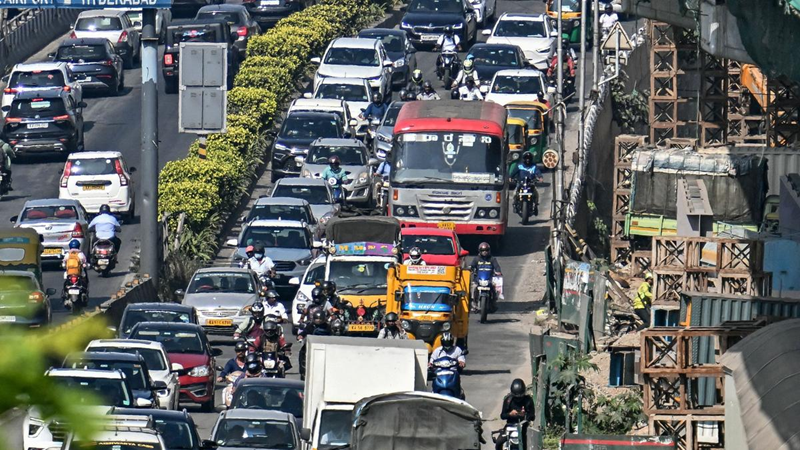
India’s ambiguous Myanmar policy gone awry as Manipur burns
India is facing a vexing new foreign-policy headache along its border, and no, it is not with Pakistan or China, but with Myanmar.
Ethnic violence has gone out of control in Manipur which has Myanmar to the east with the situation turning into a civil war. The unrest has pitted the majority Meitei community against the minority Kuki group, which has ethnic ties with the Chin group in Myanmar.
While Army and Assam Rifles are deploying drones to rescue and save people, clashing ethnic groups are using quadcopters to target each other.
Over six lakh bullets and around 3,000 weapons are still with the warring communities in strife-torn Manipur with officials and experts warning of a resurgence of banned terror groups in the state.
The region shares a 994-mile-long border with Myanmar, and the Indian communities of Mizoram, Manipur, and Nagaland have ethnic and kinship ties extending into Myanmar’s Chin State and Sagaing Region. New Delhi sees the Myanmar military as a partner for controlling the border and denying safe haven to Indian rebel groups.
Far from denying territory to Indian rebels, the junta is offering them sanctuary in Myanmar in return for fighting the pro-democracy People’s Defence Forces and ethnic revolutionary organizations (EROs) in Sagaing Region.
The People’s Liberation Army of Manipur and Manipur Naga People’s Front — which are fighting the Indian state for separatism or greater autonomy — have used Myanmar territory as a staging ground for attacks in India, including a November 2021 ambush on a convoy of the Assam Rifles, an Indian government-controlled paramilitary force.
As evidence of this quiet collaboration, the Myanmar military has withdrawn from the key Indian rebel base it had cleared and occupied at Taga, Sagaing, leaving the site free for their use. Over 50,000 civilians have fled across the border from Myanmar’s Chin State and Sagaing Region into India’s northeast.
New Delhi has maintained a delicate balancing act, allowing refugees into the country but refraining from exerting political pressure on the junta and its State Administrative Council (SAC).
Myanmar is also an essential node for Chinese expansion into the Indian Ocean, most notably through the China-Myanmar Economic Corridor’s pipelines and planned railroads from Yunnan Province to Kyaukpyu Port. India fears that a weak SAC may become too dependent on China, opening new fronts for pressure and Chinese power projection.
If India’s accommodation of the SAC is intended to limit Chinese influence, it appears not to be working. In March 2023, rights groups Amnesty International and Global Witness further identified an Indian company and fuel terminal involved in the sale of jet fuel to the junta, which has used airstrikes to terrorize the civilian population.
According to the U.N., these sales from Indian firms amount to $51 million in weapons and materials for the junta since February 2021. Despite New Delhi’s anti-refugee rhetoric, UNHCR reports that there are about 40,150 Chin refugees in Mizoram and 8,250 in Manipur, with an additional 5,092 seeking registration with UNHCR in New Delhi.
Since the military took over, border conditions have become more porous, enabling more drug smuggling and human trafficking.
Amid reports of heavily armed militants crossing over from Myanmar during the Kuki-Meitei clashes in Manipur, External Affairs Minister S Jaishankar met his Myanmar counterpart Than Swe and flagged the disturbance of peace on their common border at Naypyidaw.
The ongoing unrest in Manipur has raised the stakes for New Delhi. Some Meitei leaders claim that Kuki rebels have entered Manipur from Myanmar, while Kuki representatives assert that any cross-border movement is peaceful.
Meitei leaders also accuse Myanmar of financing poppy cultivation in Kuki areas of Manipur; Kuki community leaders counter that it’s funded by Meitei cartels.
 English daily published in Bengaluru & Doha
English daily published in Bengaluru & Doha






